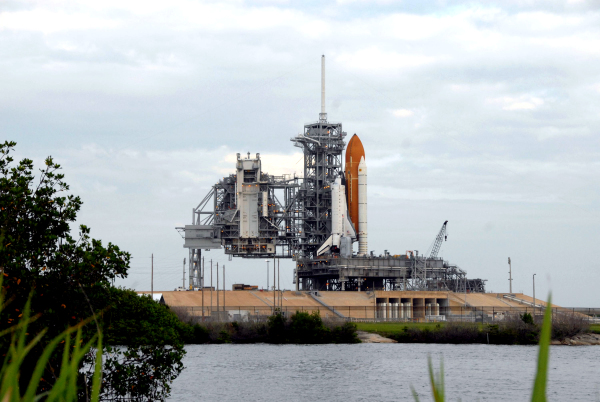
What goes up can come down.
When the Falcon 9 rocket developed by SpaceX (short for Space Exploration Technologies Corporation) came back to rest on a launch pad Monday in Florida after traveling 124 miles into space, the scientific world was abuzz. The test flight was the farthest any reusable rocket has traveled and re-landed.
The flight and successful landing further showed that rockets and boosters can be reused, a particularly important point given the retirement of the space shuttle program and the expense of letting used rockets land in the ocean, never to fly again.
Interestingly, and this is where Sundt comes in, the Falcon 9 might never leave Earth again, according to SpaceX Chief Executive Elon Musk. Instead, it’s being moved to Cape Canaveral’s Launch Pad 39-A, which was built by our company for NASA in the 1960s with a joint venture partner.
Launch Pad 39-A became the “first step” on our nation’s journey to the moon. The U.S. Army Corps of Engineers solicited bids for a structure designed by a group of rocket scientists for rockets that did not exist. We knew how to construct cryogenic piping on our Titan missile projects and built the launch pad in time to send the first manned spacecraft to the moon.
SpaceX will use the pad to perform a static fire test — where the rocket is held down and engines are fired at full thrust — to confirm that Falcon 9’s rocket systems are in good shape. After that, the company will find out whether the rocket could fly again.
SpaceX is taking giant steps and our company is proud to come along. It’s a success story 50 years in the making.